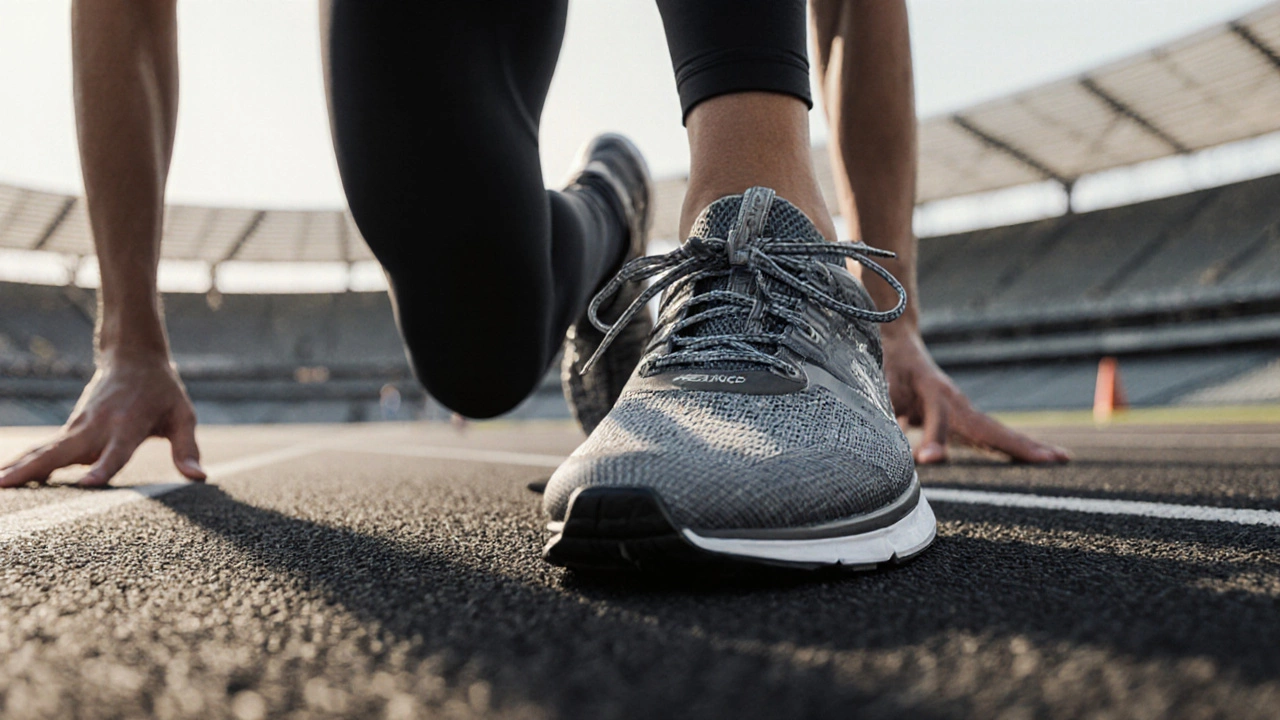
Comfort in Sports: Why Feeling Good Matters
When working with comfort, the physical and mental ease that lets athletes push harder without pain. Also known as ease, it acts like a silent coach, guiding every rep, stride, and stretch.
One of the biggest comfort drivers is proper footwear. running shoes, designed to cushion impact and support foot mechanics can turn a grueling run into a smoother experience, reducing fatigue and injury risk. Another key piece is how you plan your workouts. A well‑structured gym schedule, that balances intensity, rest, and variety keeps the body comfortable over weeks, not just during a single session.
How Comfort Shapes Different Aspects of Training
Comfort isn’t just about feeling good; it directly influences performance metrics. For runners, a comfy shoe translates to better stride efficiency, which means you can maintain speed longer. In the weight‑loss arena, a comfortable diet plan—one that fits your lifestyle—boosts adherence, making those 2‑week belly‑fat challenges more sustainable. When the body feels at ease, hormones like cortisol stay in check, helping muscle growth and fat loss happen together.
Recovery is another area where comfort shines. After a marathon, post‑marathon recovery, involves managing soreness, refilling glycogen, and repairing micro‑tears. Comfortable clothing, proper sleep, and gentle mobility work all speed the process, letting you bounce back faster for the next training block.
Even the way you split your workouts matters. A body part workout split, that allocates specific muscle groups to each day reduces overlapping fatigue, keeping joints and muscles comfortable throughout the week. This approach prevents overuse injuries and makes each session feel purposeful rather than painful.
For swimmers, the comfort factor starts early. Knowing the best age for swimming lessons, helps parents choose a time when kids are physically ready and mentally eager improves confidence in the water, which later translates to better technique and faster lap times.
Cyclists also benefit from comfort‑focused planning. Choosing scenic yet manageable cycling routes, that match fitness levels and bike setup keeps rides enjoyable and reduces strain on knees and lower back, encouraging longer, more frequent outings.
All these examples share a simple truth: comfort acts as a bridge between effort and results. It requires the right tools—shoes, schedules, recovery gear—and the right knowledge about how the body responds to stress. When you prioritize ease, you create a feedback loop where motivation stays high, injuries drop, and progress accelerates.
So what can you expect from the collection below? You’ll find practical guides on losing belly fat fast, picking the perfect marathon age, getting the best value from sports subscriptions, and mastering core workout splits. Each article tackles a specific piece of the comfort puzzle, giving you actionable tips you can try today.
Ready to dive in? Scroll down to explore the full range of articles that will help you make comfort work for you, whether you’re lacing up new running shoes, planning your next gym week, or planning a recovery routine after a big race.
